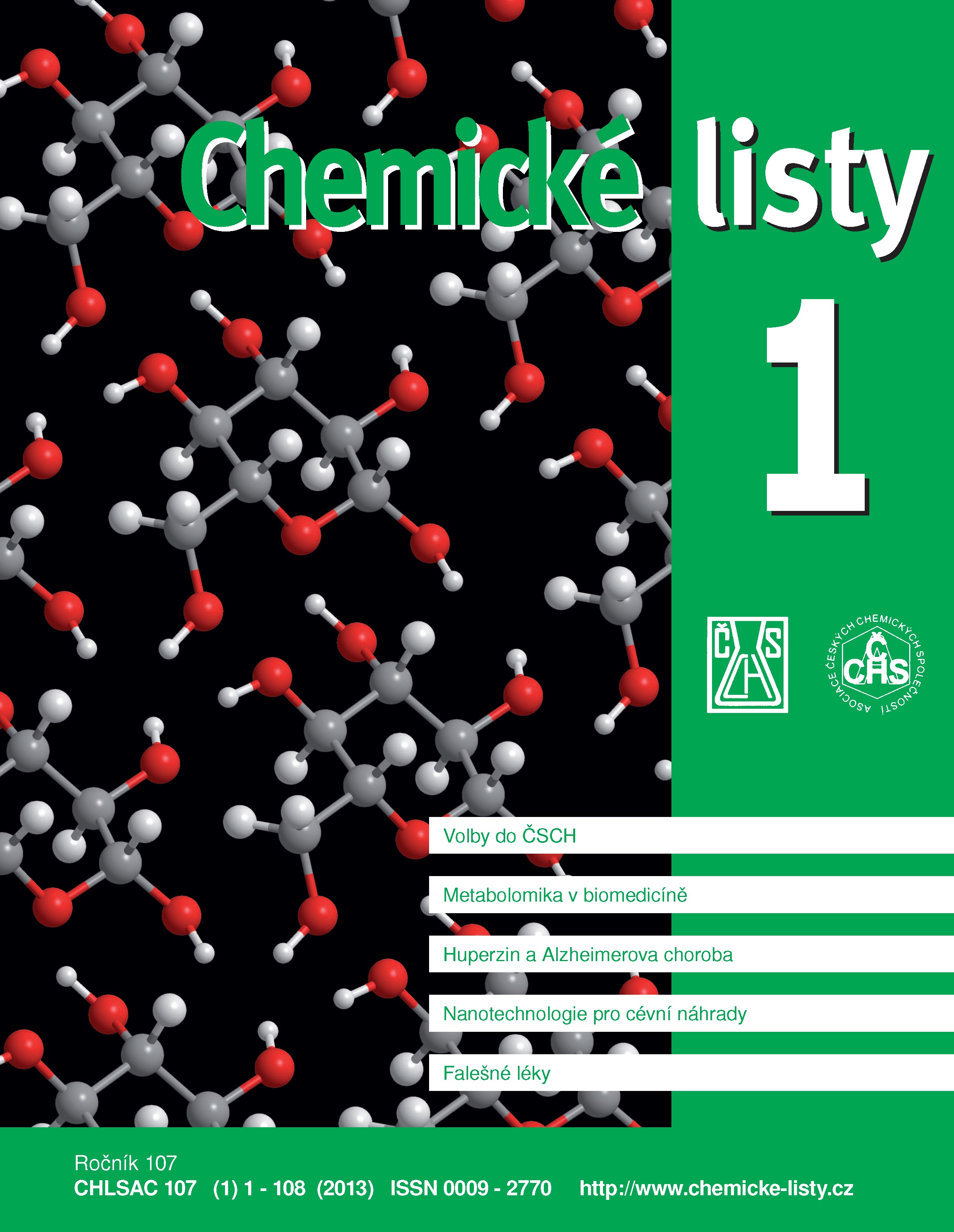False Drugs – How to Reveal Them?
Keywords:
fake drugs, spectral methods, artemisinin, sildenafilAbstract
False drugs are unsafe products that are manufactured using incorrect, inactive, or harmful ingredients. These drugs are packaged and labeled to look like real trademark generic drugs to deceive the consumer. Chemical analysis is a crucial step in distinguishing original pharmaceutics and fakes. HPLC and MS analyses are standard methods for identification and quantitation of active ingredients and impurities. Thus they are often used to corroborate the results of less sophisticated methods such as colorimetry, TLC, GS, Raman, NIR, FTIR and NMR spectrometries. The analytical methods should be employed in forensic laboratories.





